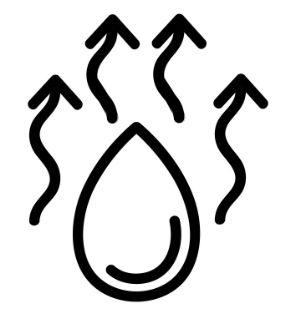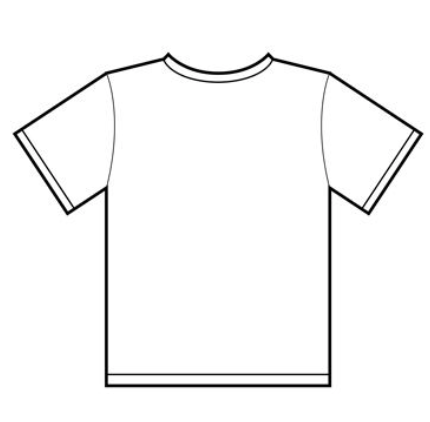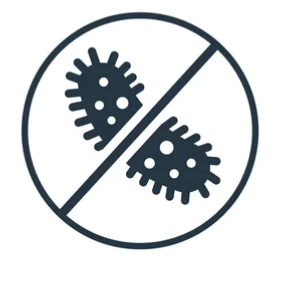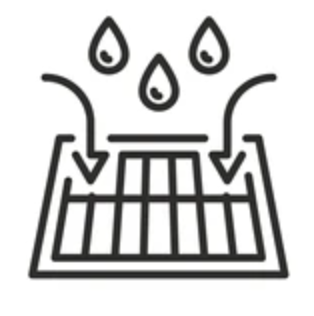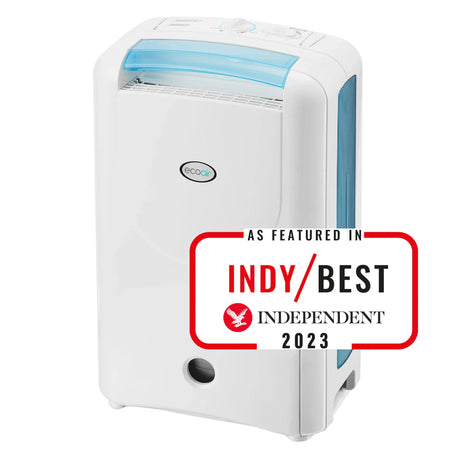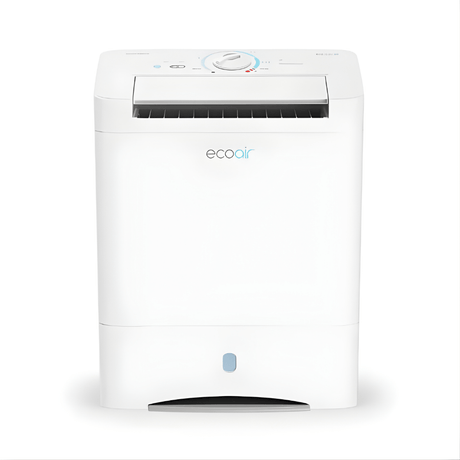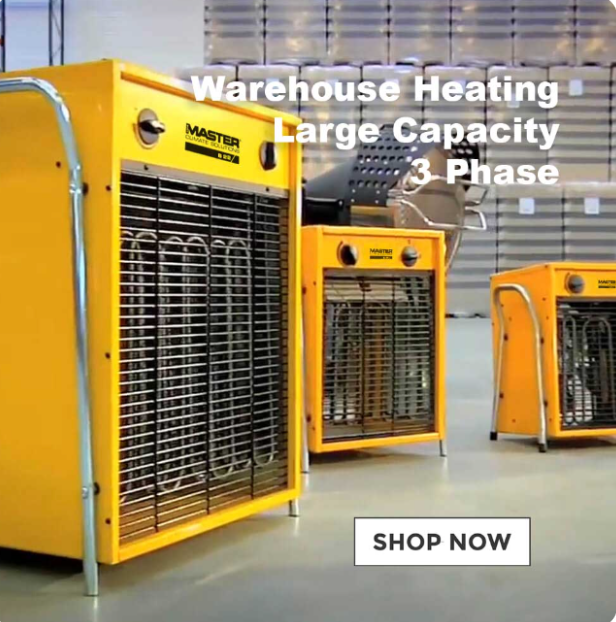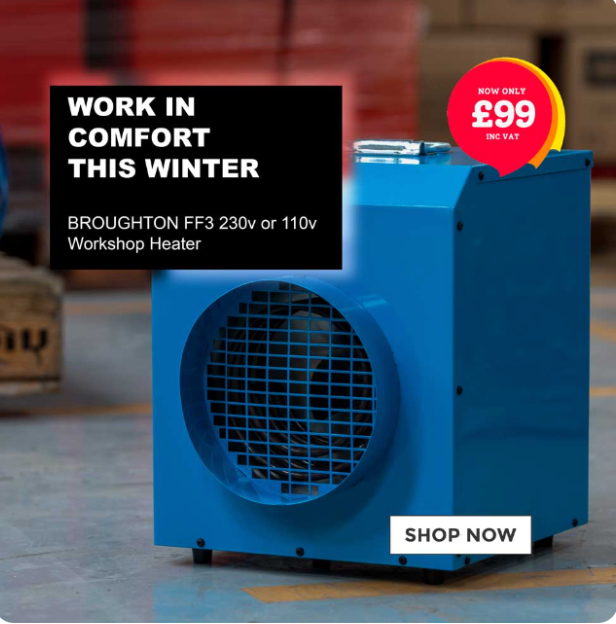Understanding room size is essential when choosing a laundry drying dehumidifier because the unit’s capacity directly affects its effectiveness.
If the dehumidifier’s capacity is too low for a large room, it may struggle to remove moisture, resulting in slower drying times. Conversely, a well-matched capacity ensures that the dehumidifier can handle the space efficiently, allowing for quicker and more effective drying.
This means selecting a model based on the room's square footage and typical humidity levels. Matching these factors leads to optimal performance for drying clothes indoors.

